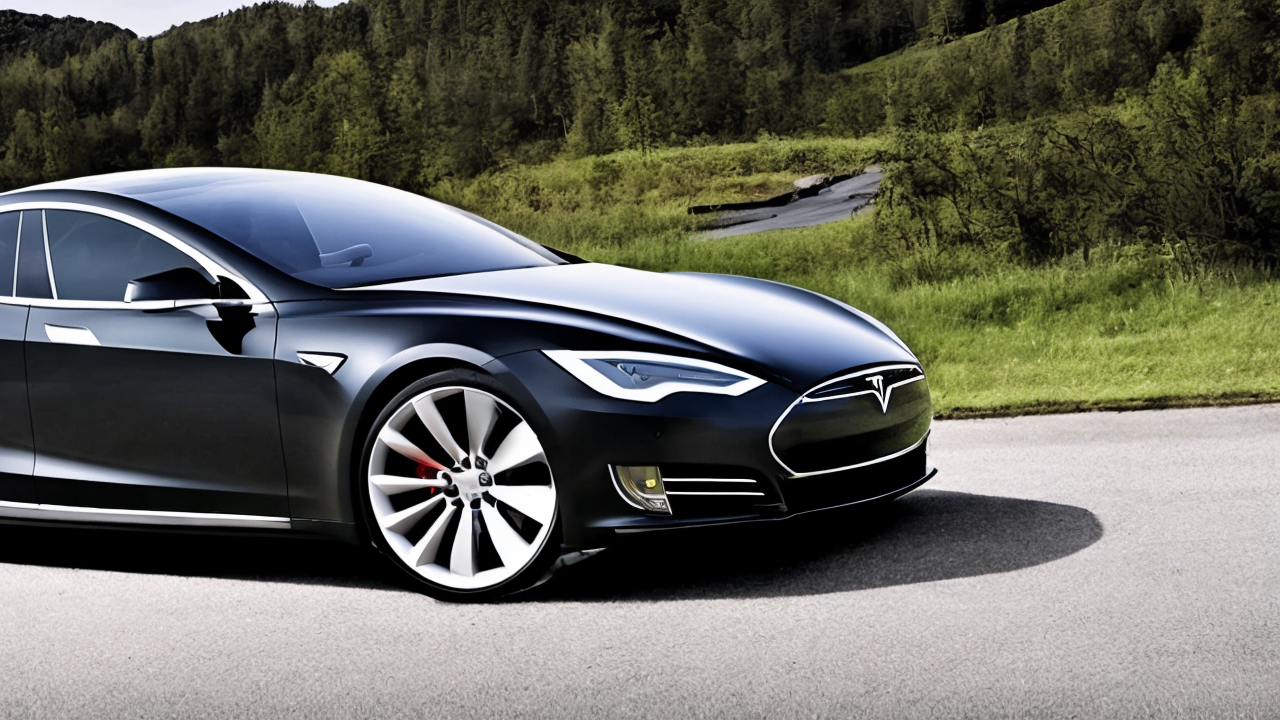Tesla Publishes Comprehensive Safety Report Amid Calls for Transparency

Tesla has released a comprehensive safety report detailing the performance of its Full Self-Driving (FSD) software, offering a rare glimpse into real-world data that speaks volumes. The findings are clear: drivers using FSD experience a major collision only once every 5 million miles, a rate far below the national average of 505,000 miles. Minor collisions occur every 1.5 million miles—more than twice the frequency of typical human-driven vehicles, which see a minor crash every 178,000 miles. These numbers are not speculative. They are drawn from actual vehicle data, aligned with Federal Motor Vehicle Safety Standards, and verified through airbag deployment records.
This level of transparency marks a meaningful shift. Earlier updates from Tesla were often criticized for being vague, focusing mainly on Autopilot—a less advanced system—and lacking consistent methodology. Now, the company has laid out how it defines collisions, how it calculates safety metrics, and how it aggregates data over rolling 12-month periods. This approach allows for a more accurate picture of performance trends over time, rather than isolated snapshots.
The release comes amid broader industry conversations about accountability. Waymo’s co-CEO Tekedra Mawakana has long called for greater data sharing across autonomous vehicle developers. Her emphasis on transparency is not unwarranted. Public trust in emerging technologies depends on openness, not secrecy. When companies provide verifiable information, they invite scrutiny—and that scrutiny, when grounded in facts, strengthens the entire ecosystem.
Tesla’s decision to publish this report is not a marketing ploy. It is a response to the growing demand for accountability. The company has chosen not to release injury data, citing challenges in collecting it reliably through automated systems. But it has focused instead on objective, measurable outcomes—collision frequency, airbag deployments, and driving distance between incidents. These are the kind of metrics that matter most when evaluating real-world safety.
It is also worth noting that FSD users drive an average of 2.9 million miles between major collisions, compared to just 505,000 miles for the average American driver. That is not a small difference. It is a significant improvement in road safety. For a country where over 40,000 lives are lost annually in traffic accidents, any technology that reduces that number deserves serious consideration.
Yet, too often, innovation is met with resistance not because of evidence, but because of fear. Some critics dismiss these findings as biased, or accuse Tesla of pushing a narrative. But when data is transparent, consistent, and independently verifiable, such skepticism should give way to evaluation—not dismissal. The truth is not found in ideology, but in the numbers.
We must resist the temptation to politicize safety. Whether we agree with Tesla’s vision for the future or not, we can still recognize that fewer crashes, fewer injuries, and fewer preventable deaths are outcomes worth pursuing. The goal should not be to slow down progress, but to ensure it is responsible, measurable, and grounded in reality.
This report is not the final word. It is a step forward. And like any step, it should be met not with outrage, but with thoughtful engagement. We should demand more transparency, yes. But we should also recognize when it is being offered. We should celebrate when progress is proven, not dismissed because it challenges old assumptions.
In a world where trust in institutions is eroding, factual reporting like this is a rare and necessary anchor. It reminds us that innovation, when guided by data and responsibility, can lead to real, lasting improvements. Let’s stop asking what we fear. Let’s start asking what we can prove. And let’s build a future on facts—not fear.
Published: 11/15/2025








